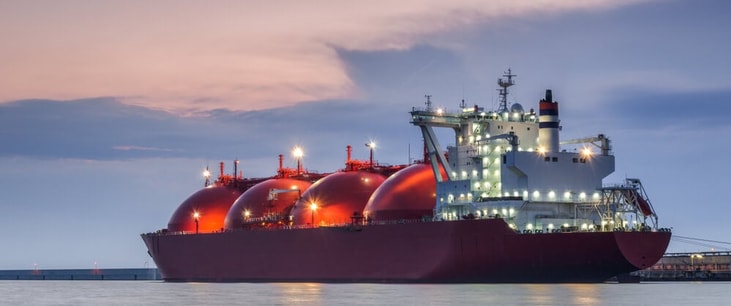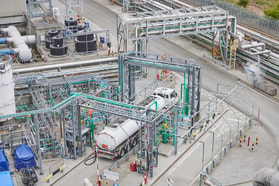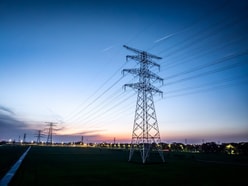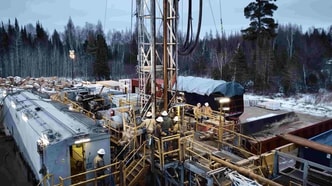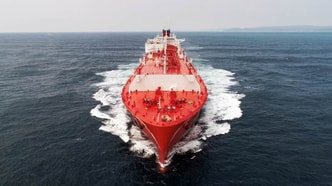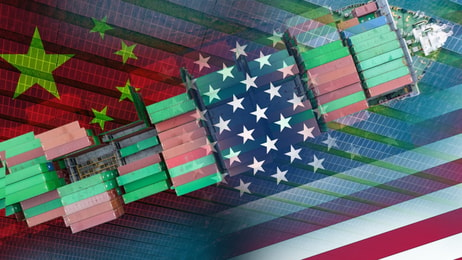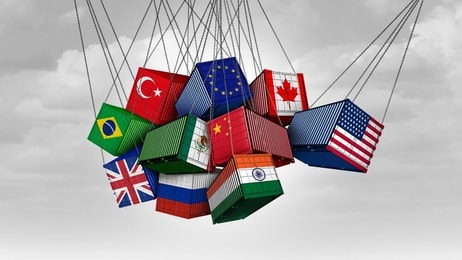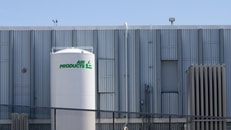UPDATE: LNG is major battleground in new world order
As US and China tit-for-tat tariffs intensify, liquefied natural gas trade continues to be one of the most impacted sectors, following the most dramatic of first quarters.
With China not receiving US cargoes for three months – a statement which would have seemed incredible at the end of 2024 – LNG operators and traders are still trying to adapt in the new world order.
Beijing, which imposed 15% tariffs on US LNG imports in early February, on Friday imposed reciprocal levies on all US goods beginning 10 April, matching US President Donald Trump’s move to put 34% additional tariffs on Chinese goods. The President is now threatening a 50% tariff if China doesn’t withdraw the 34% levy.
Chinese buyers of LNG are re-selling US-sourced cargoes as reciprocal tariffs drive up import costs, and the trend is set to accelerate as new multi-year supply deals kick in this month and domestic demand weakens.
... to continue reading you must be subscribed

